|
One week after a field meeting to this area on 14 July 2007 [see Mollusc World 17, p. 16-17] the River Loddon just south of Reading experienced record flood levels and all the sites we had studied were inundated. They were flooded again on 11 February 2009 but not quite to the same depth. It was with this in mind that we decided to revisit the area and resample the first study site. Seven of us met on Loddon Bridge, Earley and went towards the site near the bridge that we had worked on earlier, only to find a group of anglers starting to unpack their bait boxes exactly where we needed to be; so we surveyed a rather less promising site a few tens of yards upstream. Samples of river bed at this point consisted mainly of soil recently scoured from the river bank and contained no bivalves, but a range of water plants was present where we found the gastropods Radix balthica, Potamopyrgus antipodarum, Anisus vortex, Lymnaea stagnalis, Bithynia tentaculata and Sphaerium corneum. We then took two vehicles about a mile downstream to the car park next to the Berkshire Museum of Aviation, an area best known for Douglas Bader’s air crash and the manufacture of the world’s first reliable ballpoint pen, the Biro, at the aircraft factory that used to be here. A footpath from this point leads down to a marshy area that had recently been grazed by cattle [SU 778728]. There was abundant insect life here including mature adult brown bush crickets Pholidoptera griseoaptera. Here we found numbers of Succinea putris including eggs and one mating pair, Zonitoides nitidus, Cochlicopa lubrica agg., Deroceras laeve and one shell of Carychium minimum. After a rainy lunch break and some discussion about the Fairey Fulmar in the Museum yard with its folding wings and contra-rotating propellers, we walked along what remains of the old airfield perimeter road to Sandford Mill, where this section of the river Loddon [SU 780729] contained Theodoxus fluviatilis juveniles, Lymnaea stagnalis, Anisus vortex, Potamopyrgus antipodarum and Bathyomphalus contortus. June Chatfield pointed out a large net of peacock butterfly caterpillars on the nettles not far from the river bank. Some fresh water bivalves were collected here and later identified as Sphaerium corneum and Pisidium henslowanum. A little further upstream [SU 779729] we found Theodoxus fluviatilis, Viviparus viviparus, Bithynia tentaculata, Lymnaea stagnalis, Sphaerium corneum, Lymnaea auricularia [dead shells], Valvata piscinalis [dead shells], Bathyomphalus contortus and Anisus vortex, and more bivalves later identified as live Pisidium subtruncatum and Pisidium amnicum. Janet Ridout Sharpe collected samples of shell gravel from this site and these are reported on separately. A gravelly area along the river near Herons Lake [SU 779727] contained Bathyomphalus contortus, Anisus vortex, Theodoxus fluviatilis, Sphaerium corneum and Lymnaea stagnalis but no Pisidium. We were pleasantly surprised when we fished up a green freshwater sponge here. A pool nearby [SU 7786726] had anoxic sediments but did contain Gyraulus albus under waterlily leaves. A concrete platform covered in ivy that once supported gravel extraction machinery yielded Clausilia bidentata, Lauria cylindracea and Trochulus hispidus. A walk around Herons Lake near SU 779725 produced Physella acuta, Planorbis carinatus and live Pisidium milium. The soil was less sandy here and we started to find more land mollusca [Arion subfuscus, Trochulus hispidus, Aegopinella nitidula, Monacha cantiana and Cochlicopa lubrica agg.]. Sandford Lake [SU 781726] contained more freshwater species [Bithynia tentaculata, Sphaerium corneum, Bathyomphalus contortus, Anisus vortex, Gyraulus albus, Planorbis carinatus, Hippeutis complanatus and Physella acuta]. Further east along the lake margin [SU 783727] opposite a newly constructed bird hide we found Planorbarius corneus, Valvata piscinalis, Physella acuta and Planorbis carinatus. From here we retraced our steps towards Sandford Mill and crossed the road towards Lavells Lake [SU 782730] which is managed as a waterfowl sanctuary. Here we found Bithynia tentaculata, Anisus vortex, Sphaerium corneum and Oxyloma elegans. We would like to convey our thanks to Andy Glencross [the Countryside Officer (Biodiversity) at Dinton Pastures Country Park] for permission to work these sites, and to the staff of Loddon Bridge Park and Ride for reserving parking spaces for us. |
Photos by June Chatfield (JC), Ron Boyce (RB), Peter Topley (PT) |
Sandford Mill Berkshire 11 July 2009
Issue
21
Page
18

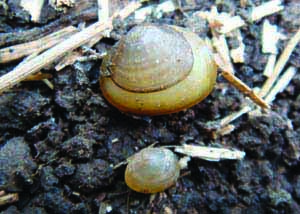 Figure 1 Sphaerium corneum from River Loddon sediments at Loddon Bridge (PT)
Figure 1 Sphaerium corneum from River Loddon sediments at Loddon Bridge (PT)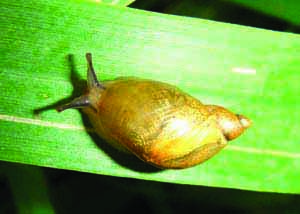 Figure 2 Succinea putris in the marsh below the aviation museum (PT)
Figure 2 Succinea putris in the marsh below the aviation museum (PT)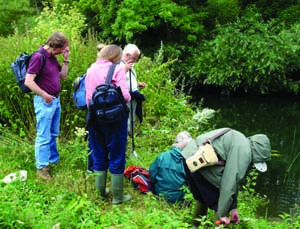 Figure 3 sampling the Loddon near Sandford Mill (PT)
Figure 3 sampling the Loddon near Sandford Mill (PT)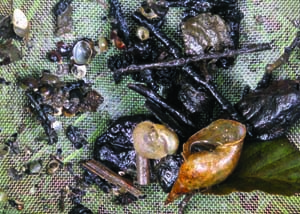 Figure 4 a sieve sample from the Loddon (RB)
Figure 4 a sieve sample from the Loddon (RB)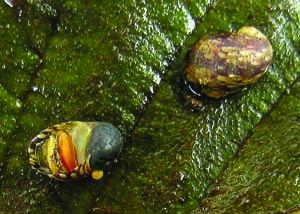 Figure 5 top side and underside of Theodoxus fluviatilis (RB)
Figure 5 top side and underside of Theodoxus fluviatilis (RB)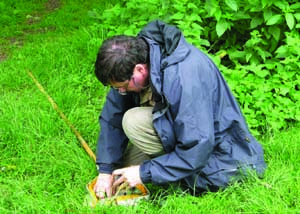 Figure 6 Peter Topley with a net sample (RB)
Figure 6 Peter Topley with a net sample (RB)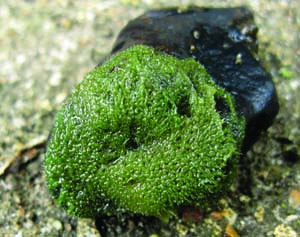 Figure 7 fresh water sponge from the Loddon (RB)
Figure 7 fresh water sponge from the Loddon (RB) Figure 8 looking for land snails on ivy covered concrete (PT)
Figure 8 looking for land snails on ivy covered concrete (PT)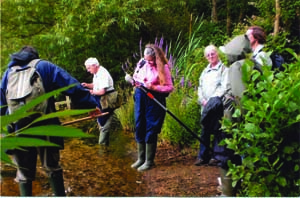 Figure 9 examining samples at Sandford Lake (JC)
Figure 9 examining samples at Sandford Lake (JC)